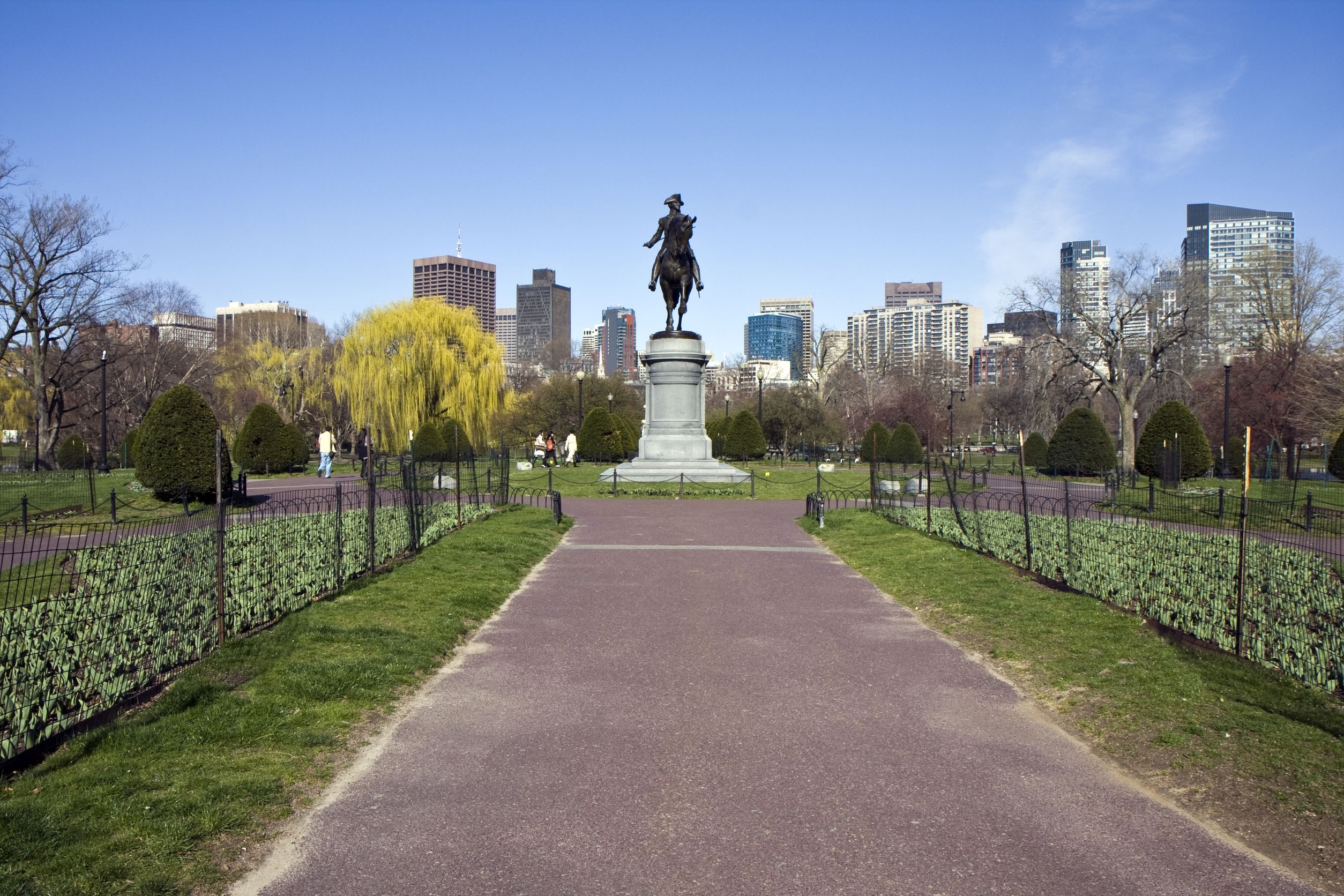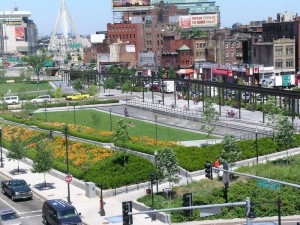Boston
Boston Common, here you are at the oldest urban park in America. Here are 50 acres in city-center that served as the spot for “until-you-are-dead” hangings–always in public–until 1817 (not so long ago, really, when you think about it), and had cattle and other edible critters grazing there until at least 1830 (who kept these records!?). Now, the City Fathers say that The Common–as it is usually known–is at the center of an urbanatural feature called “The Emerald Necklace,” a circuit of green-spaces that snake their way through some of the finest of neighborhoods of Beantown. All the greats have spoken here to cheering crowds: John Paul II, Gloria Steinem, and Martin Luther King, who said told a crown here that Boston’s schools had to fully desegregate, just before he told the Massachusetts State Legislature the same message later the same day; the message did not seem to work up there in the North, at least not for a long, long time. In any case, Boston Common may be the best urban park in America, unless you live in Manhattan and have that Frederick Law Olmstead masterpiece called central Park outside of your front door.
Approximately 100 years ago Frederick Law Olmsted, America’s initial landscape architect, (Olmsted) envisioned a place where humans could connect with nature. Today, the ‘Emerald Necklace’ that stretches around seven miles, covering land from Back Bay to Dorchester in Massachusetts, does just that. Run by the Emerald Necklace Conservancy, this large park system is home to over one millions tourists and visitors each year, the Franklin Park Zoo, the Arnold Arboretum, sports fields, a golf course, and many other attractions (Em Neck Cons). The Arnold Arboretum at Harvard University was established in 1872, serving as the first public National Arboretum in the nation. The arboretum covers nearly 300 miles and contains over 15,000 plants of over 4,000 different species (arboretum). There are several highlighted attractions including the Bussey Brook Meadow, Hemlock Hill, the Maple Collection, and Rhododendron Dill, among others.


